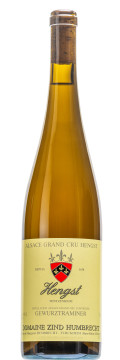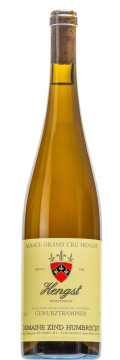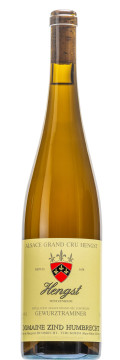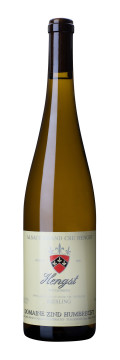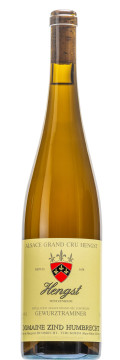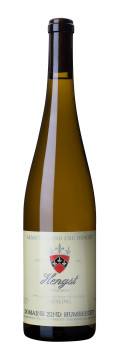The Hengst Grand Cru of Wintzenheim
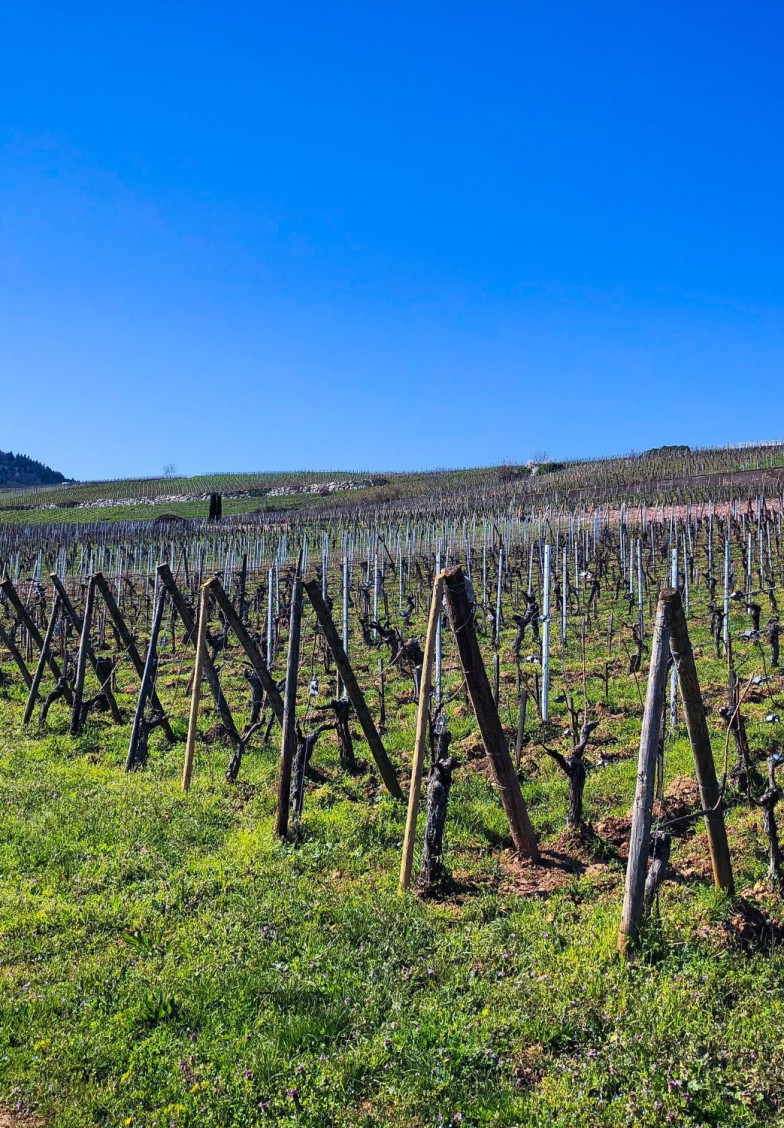
History
The Hengst was first mentioned in the 9th century in an endowment of the Murbach Abbey.
The lord of Haut Landsbourg as well as the bailiff of Kaysersberg shared the feudal rights up to the Great Revolution, whilst various noble families, abbeys and the bourgeoisie of Colmar exploited important parcels.
This provides a striking account of the vineyard’s history and reputation. The Zind family has owned parcels of vines in the Hengst Grand Cru since the end of the Second World War.
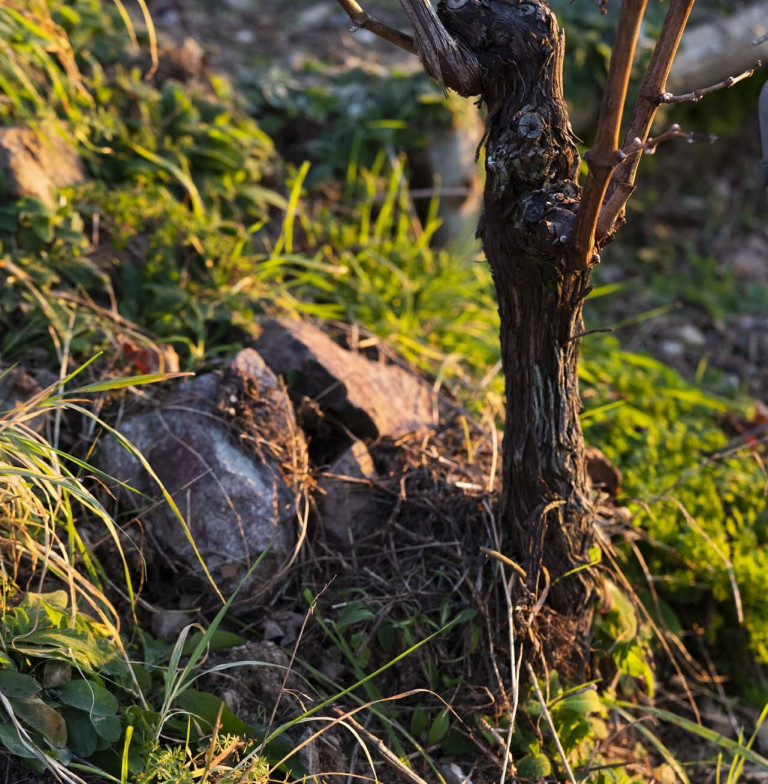
Terroir
The Hengst Grand Cru is in the commune of Wintzenheim. It lies at the same latitude as Colmar, below the Chateau of Haut Landsbourg, at an altitude of 270m to 370m, on a steep, homogenous slope. This south-east facing vineyard still benefits from the dry, warm Colmar microclimate with an average rainfall of around 600 mm per year.
The soil structure of this Grand Cru is essentially made up of Oligocene conglomerates and lattorfian interbedded marl. The incorporated pebbles are of a granitic, sandstone and siliceous nature. The interbedded marl, sometimes multi-coloured, can include remnants of Liassic micro fauna. This substratum has resulted in the formation of clayey, very pebbly and sometimes quite dense soil.
Although it is located in an early ripening sector, the Hengst ripens grapes slowly and resists the development of noble rot. Rich in marl and trace oligo-elements, these vines have a high resistance to drought and easily avoid water stress. A significant presence of pebbles ensures that the soils are well drained. The high alkalinity of the soil and limestone substrate (45% active lime) may sometimes cause chlorosis (yellowing leaves) despite the soil being iron rich.
The Hengst Grand Cru wines from Domaine Zind Humbrecht
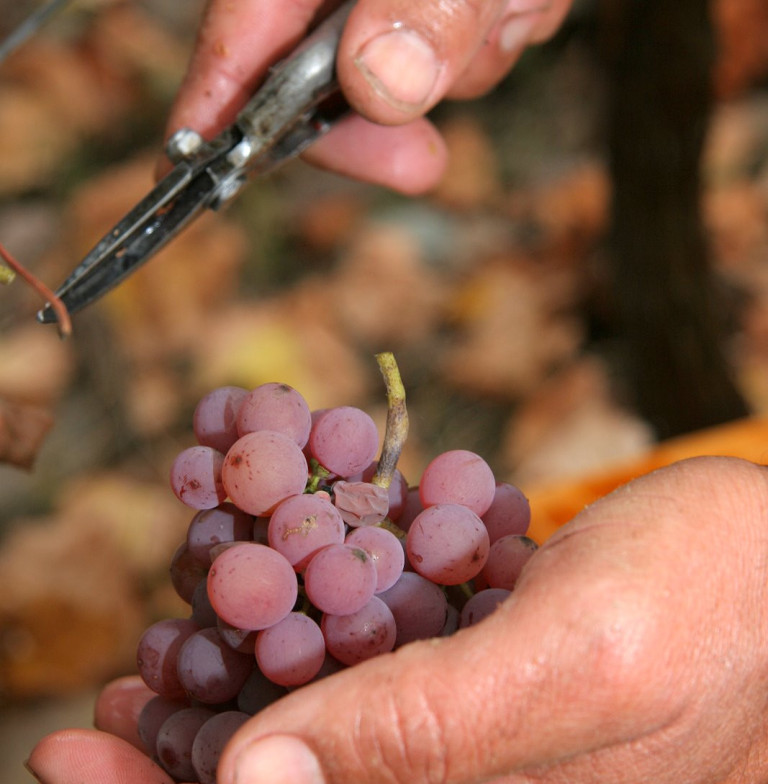
Wines
Hengst produced at Domaine Zind Humbrecht originates solely from the Gewurztraminer grape variety… for the moment! We have a vineyard parcel on the east facing slope of the Hengst, not used for the Hengst Grand Cru wine, which will be replanted to Riesling in the next few years. Without doubt, the south facing slope of the Hengst favours Gewurztraminer and is known for wines with great ageing potential.
Despite their differences, every vintage of Hengst needs a few years to reach maturity. However once the wine is expressive of the Hengst character, we expect the wine to last several decades without losing any of its presence and persistence. Hengst means stallion and this is evident in the expression of the terroir and its ability to produce very powerful wines, quite rich in alcohol and great maturity but rarely attacked by noble rot (except for vintages with sufficient heat and humidity).
The aromas are often discreet, even closed on the nose. Hengst needs time, and with time develops complexity and aromas of smoke and spice.

